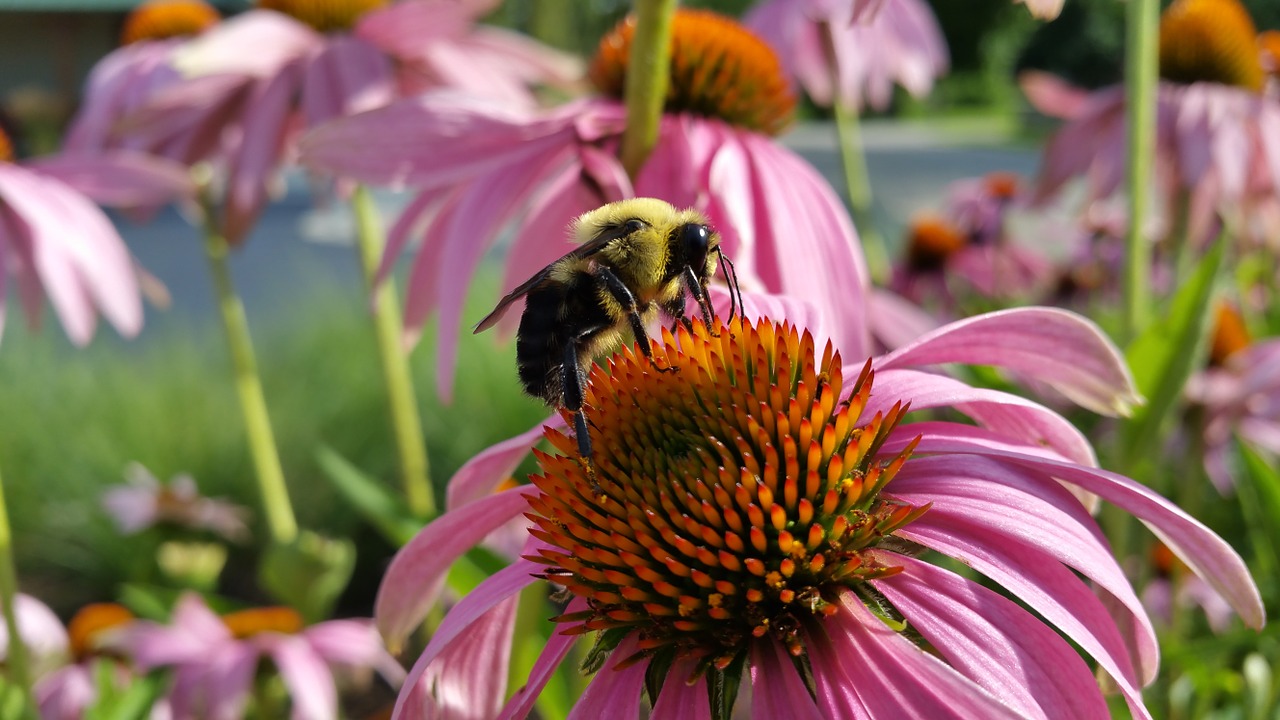Native American Universal Medicine

Echinacea purpurea – Purple coneflower is a plant whose healing properties have been discovered by the Native Americans. It is known as a natural antibiotic and a universal cure for all diseases, and acts as an immune system booster and has an antiseptic effect.
The root for medicinal tinctures
There are about 50 species of echinacea, but there are only three varieties with healing properties. One of those is Echinacea purpurea. It is a perennial plant. It is best to sow it in the spring and in the garden, not in pots.
When it is sown in the fall, 90% of the seeds fail, so it is better to do it in the spring and outside in the garden or in the yard, it should not be sown in the indoors, the plant needs to follow nature’s course and develop. After you sow the seeds, cover them with thin layer of soil. It does not have to be too much, so you can also scatter some soil by hand. It results in very high seed germination.
It should be replanted when two permanent leaves are formed. Echinacea flourishes only in the second year, rarely in the first. The flower of this plant attracts a large number of bees. From the grain-like flowers, the seeds are harvested in the autumn, before the frost. Root removal is performed in the third year. It is necessary to leave the central root in the soil, so that the plant will sprout again in the spring.
There is no fertilization and there is no feeding
This plant is not demanding at all. The most important thing is that there is no fertilization in medicinal herbs and there is no need for feeding also, only watering once in while. Of course, you do not have to let it dry up. Then it will survive, by absorbing nutrients from the soil. It is important not to plant where there is a mole. It is desirable to plant on flat ground, as well as on slopes where there is shadow, so it is not exposed to direct sunlight.


